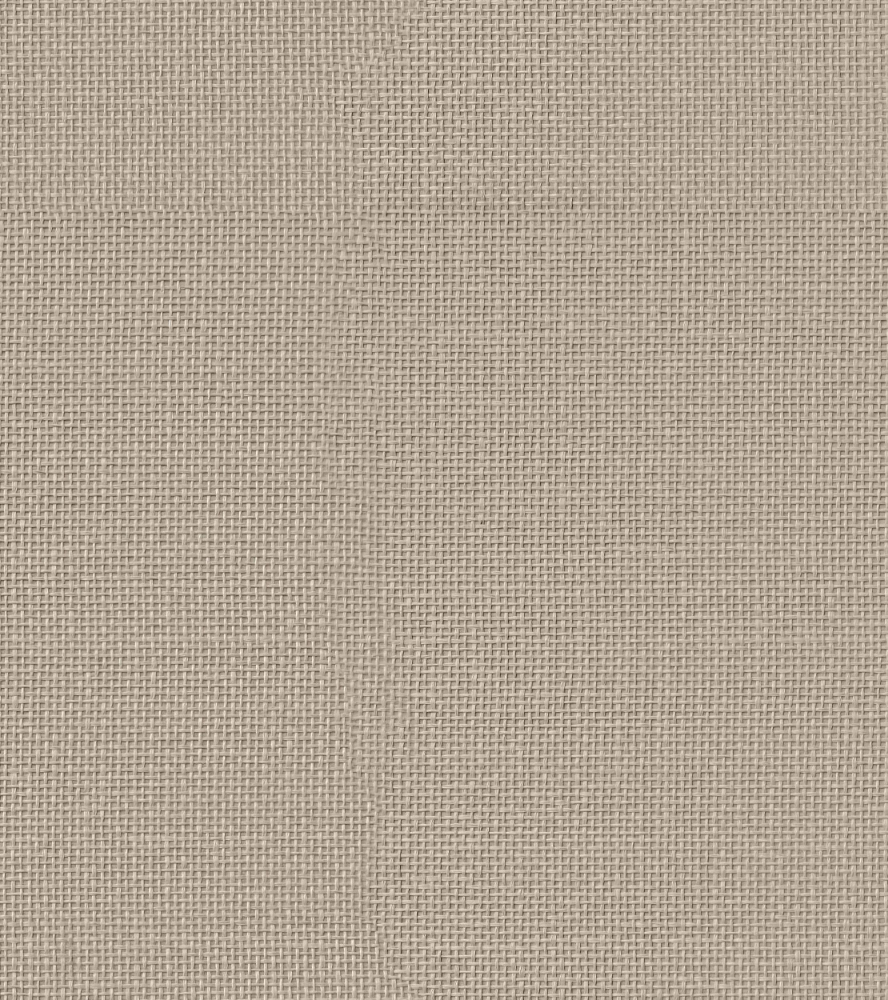Dense Rattan
Category
Fabric
Download
Edit
Rattan are species of climbing palms, found growing up trees, cliffs and walls in tropical forests. Similar in appearance to bamboo, their cleaned, decorticated and dried stems are dense, in comparison to hollow bamboo cane. Historically called Manila or Malacca cane after the capitals of Malaysia and the Philippines respectively from where it was originally traded, rattan is an excellent, strong, durable cane material for creating wickerwork, furniture and walking aids and can be a suitable substitute for bamboo, burlap, jute and willow. This simple, medium gauge over-under weave texture can be used to create burlap style sacks, or carpet and soft furniture coverings, where its strength and durability help protect old, thin or fragile carpets and fabrics from further wear and tear, particularly when an increased amount of foot traffic or visitors is envisaged.
Originating in tropical rainforests in countries such as Indonesia, Bangladesh, Sri Lanka, Cameroon, Ghana and Laos, rattan is renowned for its hardy, stiff fibres. It is seen as a profitable product of such forests and, if harvested sustainably, can be a desirable alternative to harvesting tropical timbers as it is both faster growing and easier to cut and transport. It is dependant on trees for its growth which, combined with its profitable and quick growing crop, dissuade the removal of trees and helping slow the rate of rainforest deforestation. Used predominantly for furniture and wickerwork, sections of the core can be used to make the structure for furniture such as seats and chairs, while its skin is excellent for wickerwork once peeled from the stem: The resilient, strong, stiff core is used to construct the stake into which a more flexible fibre, or strand, such as willow fibre, or the lighter gauge skins of, bamboo or rattan is woven through to create the bottom, sides and any desired finishing patterns, binding tight to the stake, preventing movement or displacement. Wicker products are renowned for their durability and, if they have been constructed and treated properly, their water tightness and ease of maintenance. Once constructed, they are typically soaked in water and left to dry, which helps tighten and solidify the pattern. Once dry, they are very lightweight and stiff. It can be painted or stained, taking on new appearances and adding moisture or stain protection, possessing lightweight, partially flexible characteristics and can be used both indoors and, outdoor if treated correctly. Items that can be fabricated using rattan include wicker screens, room dividers and a multitude of domestic items such as dining placemats, baskets, storage crates, curtains or lamp shades. It can be dyed and woven into an array of finishing patterns, while remaining water resistant and low maintenance. Its strength means it can be used to create strong yet light furniture with limited movement or differentiation under stress. By-products of rattan are used in the medicinal or pharmaceutical industries, while its fruit and stock can be consumed as a sour, citrusy ingredient in street food local to its origin sites.
This rattan woven texture has a soft natural, dry, beige-silver wash, with hints of straw or pale blonde yellows and a thin, loose, even weave between warp and weft threads, over a solid layer of the same tone. Rattan’s strong, durable characteristics and calm, airy, natural colouring make it popular for soft furniture coverings, although it can feel rather coarse, dry against skin. Rattan is fairly resistant to spillages, stains, cleaning detergents and fluids when treated correctly. Overexposure to sunlight can cause some bleaching, meaning it shouldn’t be exposed to direct, sustained sunlight, requiring a gentle coated during the hand crafted manufacturing phase to prevent fading or bleaching. Rattan fabric is great for use in domestic, high traffic environments to create calm, relaxing, open feeling spaces, bringing a handcrafted, natural, biophilic touch to the rooms in which it is specified. The linear wave-like repetitions created by the over-under warp and weft threads makes for a dynamic, gridded appearance.
A seamless fabric texture with a dense rattan surface. Seamless textures can be tiled repeatedly across a surface without visible seams making them useful for architectural drawings and 3D models. This image can be used as a SketchUp texture, Revit material or imported into Photoshop for use in 2D illustrations. A high resolution version of this texture is available, as well as CAD hatches and PBR maps with Architextures Pro.

